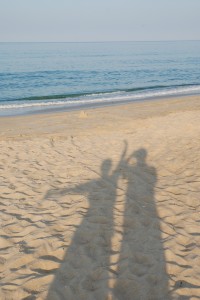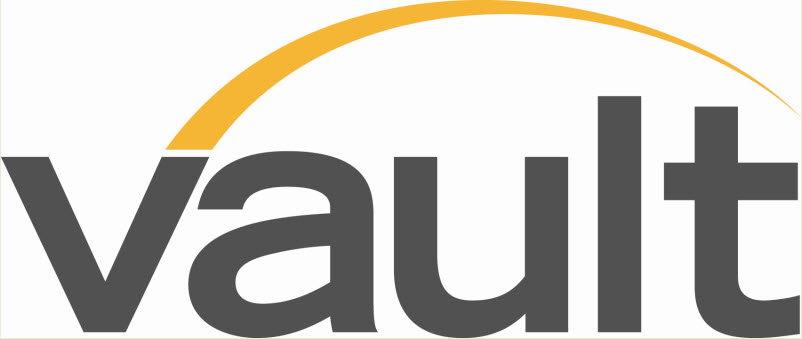Making an Impact at Work
/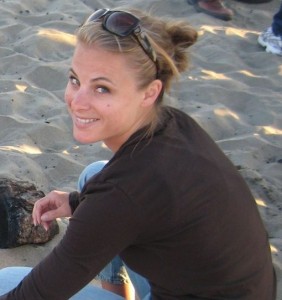 One topic that comes up often in CSR discussions is social intrapreneurship (in fact, it’s something I’ve written about previously on The Changebase).
One topic that comes up often in CSR discussions is social intrapreneurship (in fact, it’s something I’ve written about previously on The Changebase).
Lots of people want to do CSR work, but not everyone is lucky enough to be in the right place, at the right time to land that perfect CSR job.
Thankfully that doesn’t mean that you can’t still make an impact at work.
I recently sat down with Britta Durtsche, a true social intrapreneur who found her CSR calling in a most unexpected way.
Interestingly, Britta never expected she’d work at a big company like Best Buy.
A self-proclaimed “anti-corporate” college student who’d been active in causes like sustainable clothing and social enterprise, Britta never guessed that an internship with the consumer electronics giant would have such an impact on her professional career. But it did.
In 2004 as an undergraduate student at the University of Minnesota’s Carlson School of Management, Britta decided to “test the waters of a corporate environment” by accepting an internship with Best Buy. By the end of the summer, she says, she was hooked on the company’s culture and energy.
After graduation Britta joined Best Buy as a Demand Planning Analyst in the Marketing group, and even though she spent most of her time in spreadsheets and forecasts, she loved it.
Soon after starting, Britta heard about a new group being formed at headquarters by a fellow employee named Hamlin Metzger. The goal was to get Best Buy employees engaged and active in an internal movement to integrate sustainability into their everyday work routines. Hamlin was looking for help, and Britta jumped at the chance to get involved. Soon after, in 2006 the Best Buy Social Responsibility (BBSR) team was launched.
From working with Facilities to improve recycling programs, to hosting a company-wide energy-themed film festival, Britta and the BBSR team worked hard to create buzz and generate excitement internally. In addition to these highly-visible initiatives, the BBSR team also hosted smaller informational meetings to provide employees the chance to learn more about how they could personally get involved.
And the most amazing part? Britta, Hamlin and their colleagues accomplished all of this in addition to their regular day jobs. In fact, according to Britta, it really just started as “little grassroots things I could take on in addition to my role” in Demand Planning.
Today, more than 200 employees are part of the BBSR team and it seems inevitable that this number will grow with time.
Britta attributes the program’s success to the fact that the BBSR team taps into employees’ personal interests and allows them to “bring their hearts” to work – even if their jobs aren’t directly related to corporate social responsibility.
The other crucial success factor, Britta says, was engaging Best Buy’s senior leadership every step of the way. Through personal, one-on-one outreach with VP’s and other leaders, Britta and the team secured buy-in from key influencers throughout the company – a strategy she believes helped to “carry the legitimacy” of the BBSR team’s efforts and model the way for others to join in.
Although she has since left Best Buy and the BBSR team, Britta has continued to work with social intrapreneurs who want to identify ways to bring sustainability into their workplaces and schools. Today Britta serves as the Impact Programs Manager at Net Impact, where she provides resources, tools and support for professionals and students who want to make a difference in their organizations.
For many Net Impact members and recent MBA graduates, working in sustainability or CSR is an important goal. Often, however, those jobs are tough to find and can be very competitive.
Nonetheless, Britta’s story reminds us that we don’t need “CSR” in our job title to make an impact at work. By finding a company she loved; volunteering to help with an issue she cared about; and engaging with employees at every level, Britta was able to meaningfully participate in and help guide Best Buy’s sustainability journey.
Clearly Britta’s story serves as a great example of finding ways to contribute to your company’s sustainability goals, even when you’re not working in the CSR team. But why tell her story now?
As you may know, Net Impact’s terrific annual CSR conference is taking place October 28th through the 30th at University of Michigan’s Ross School of Business and I want to encourage everyone to attend.
This year’s theme is “2020: Vision for a Sustainable Decade” and, given Net Impact’s own interest in social intrapreneurship, I have a hunch it’ll be a great place to learn more about how to get involved in your own company’s CSR journey.
They’re still announcing speakers and sessions, but trust me: the networking is great, the energy is contagious, and the learning is invigorating.
And the best part? For another week you can take advantage of early registration! So: what are you waiting for?


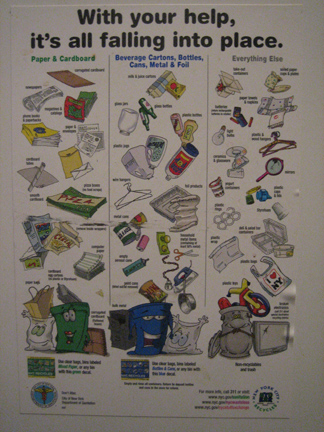

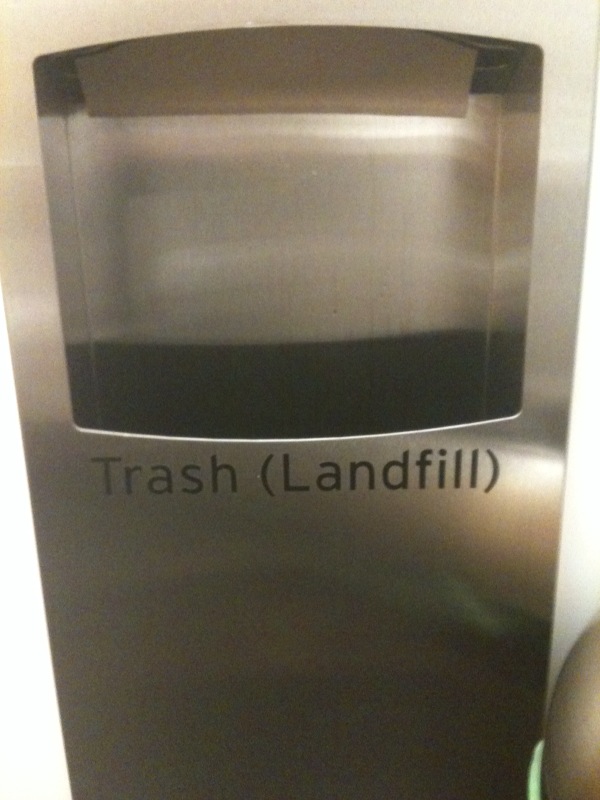
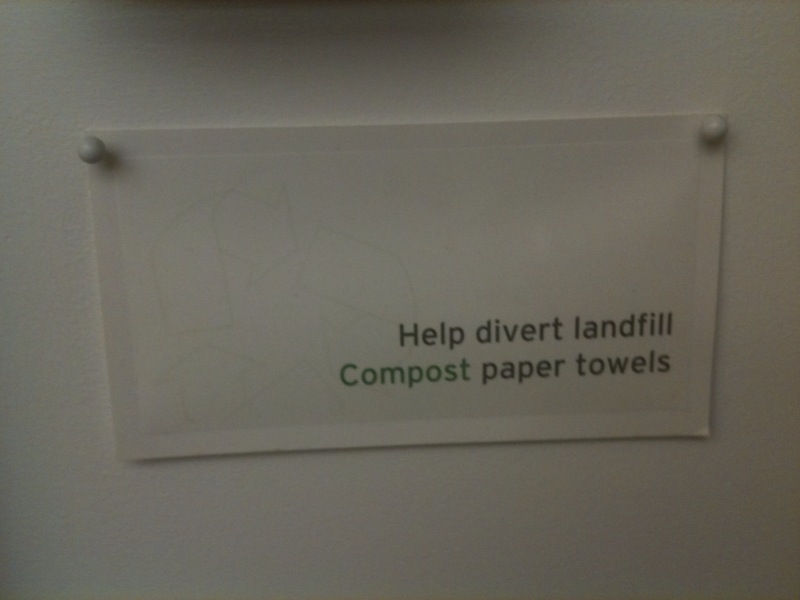
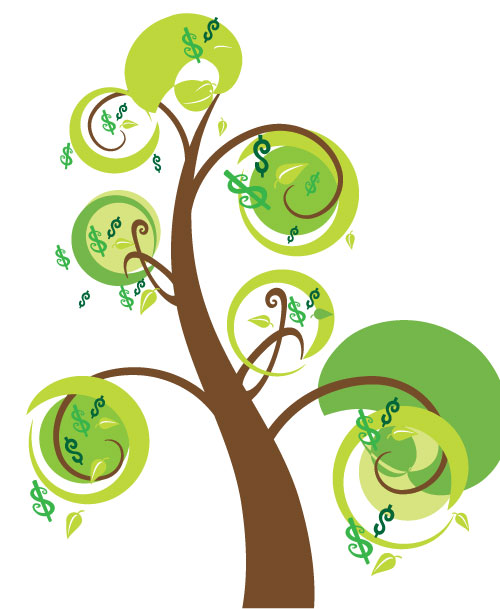
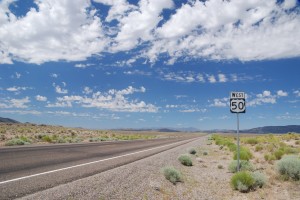 This time last year I was just starting
This time last year I was just starting 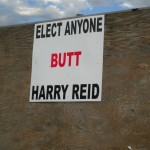

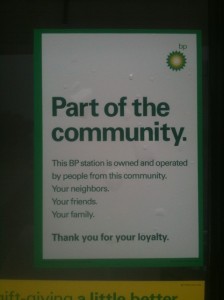 day. Nothing like a cross country drive to remind you how reliant we all are on oil!
day. Nothing like a cross country drive to remind you how reliant we all are on oil!